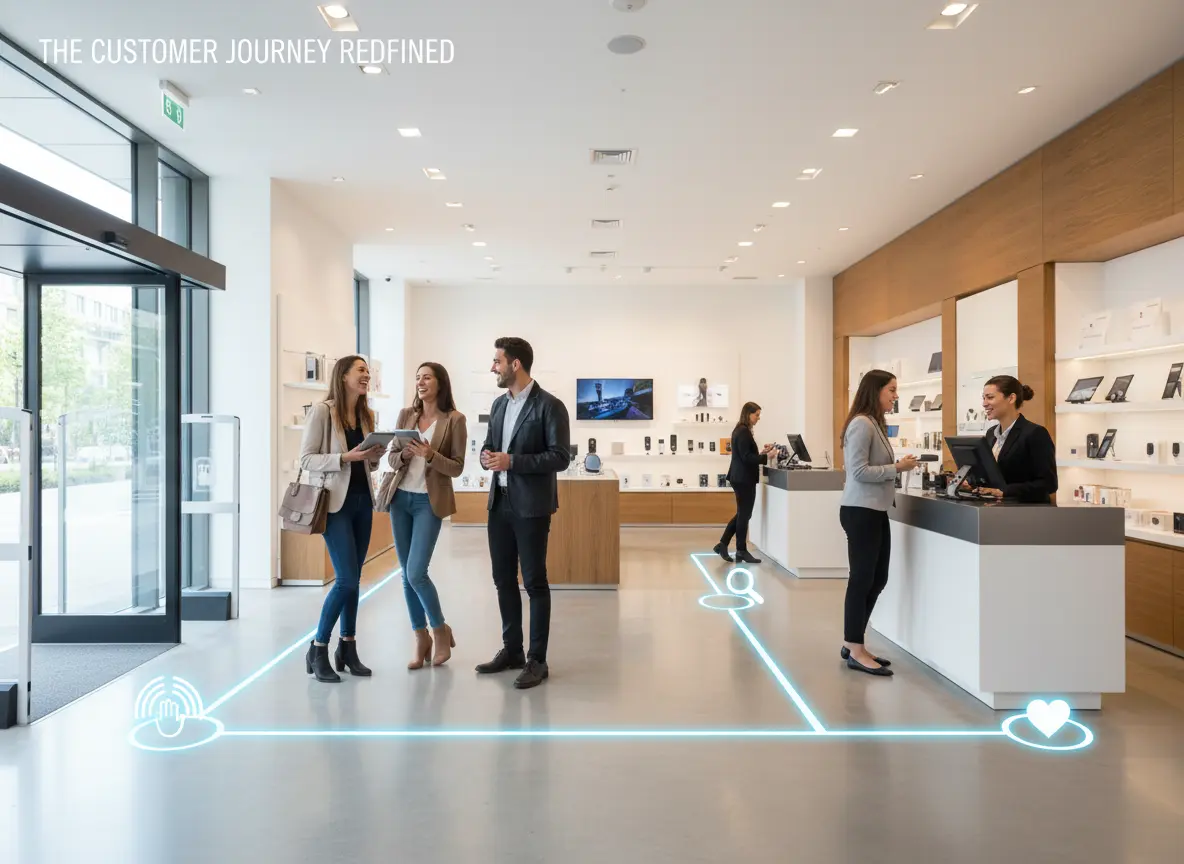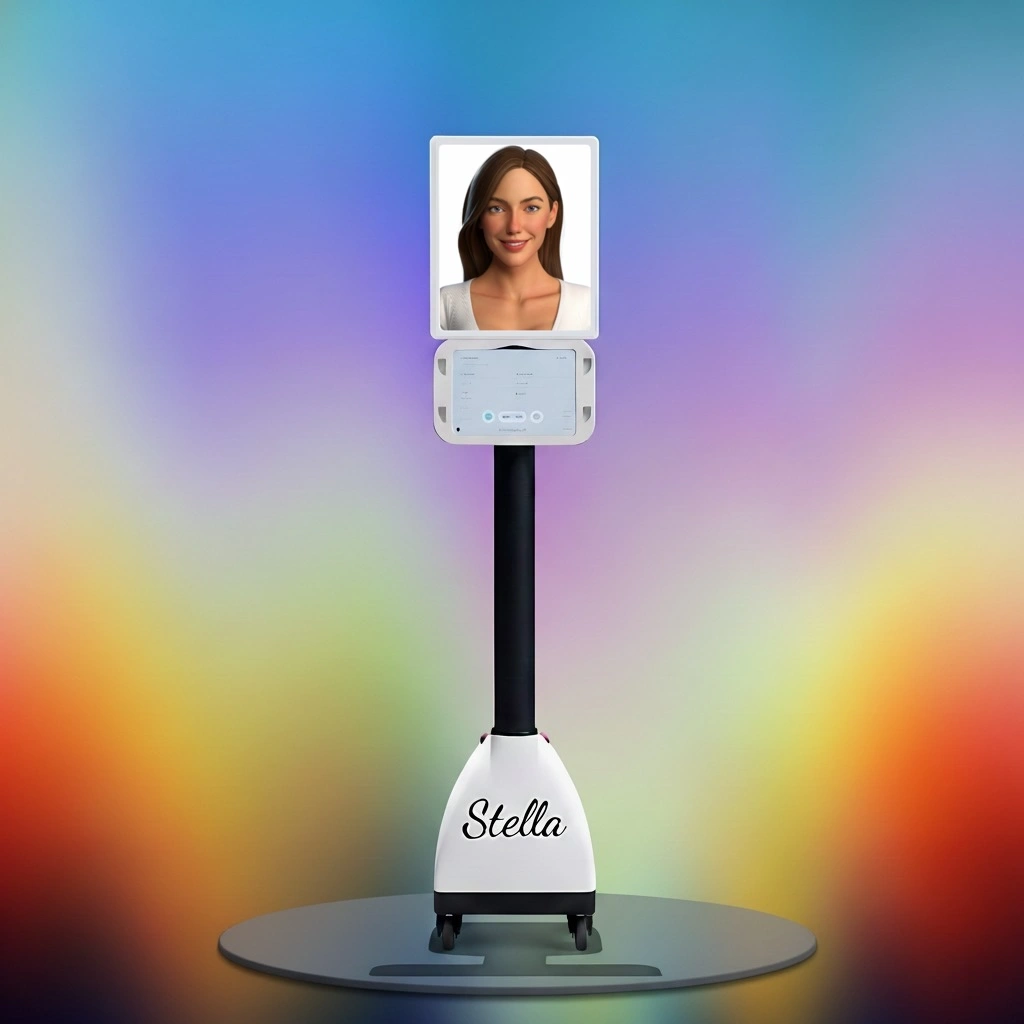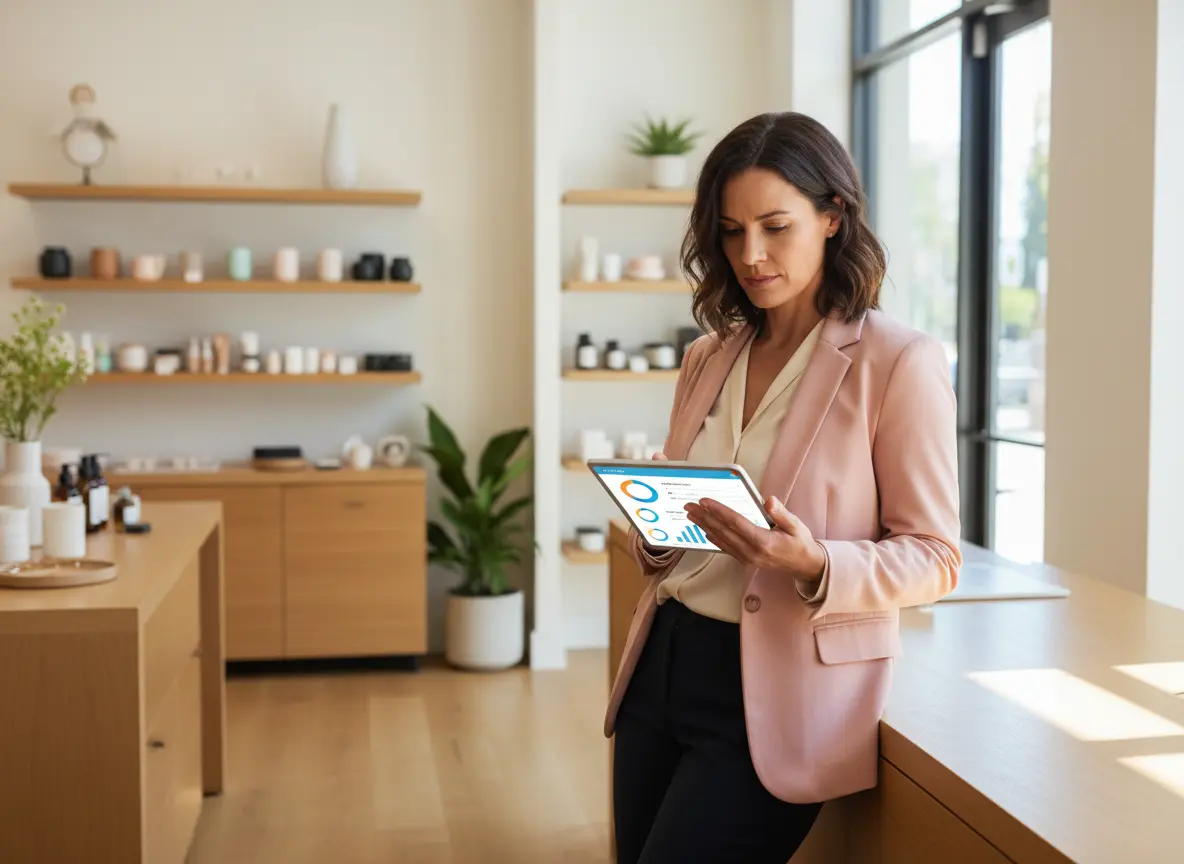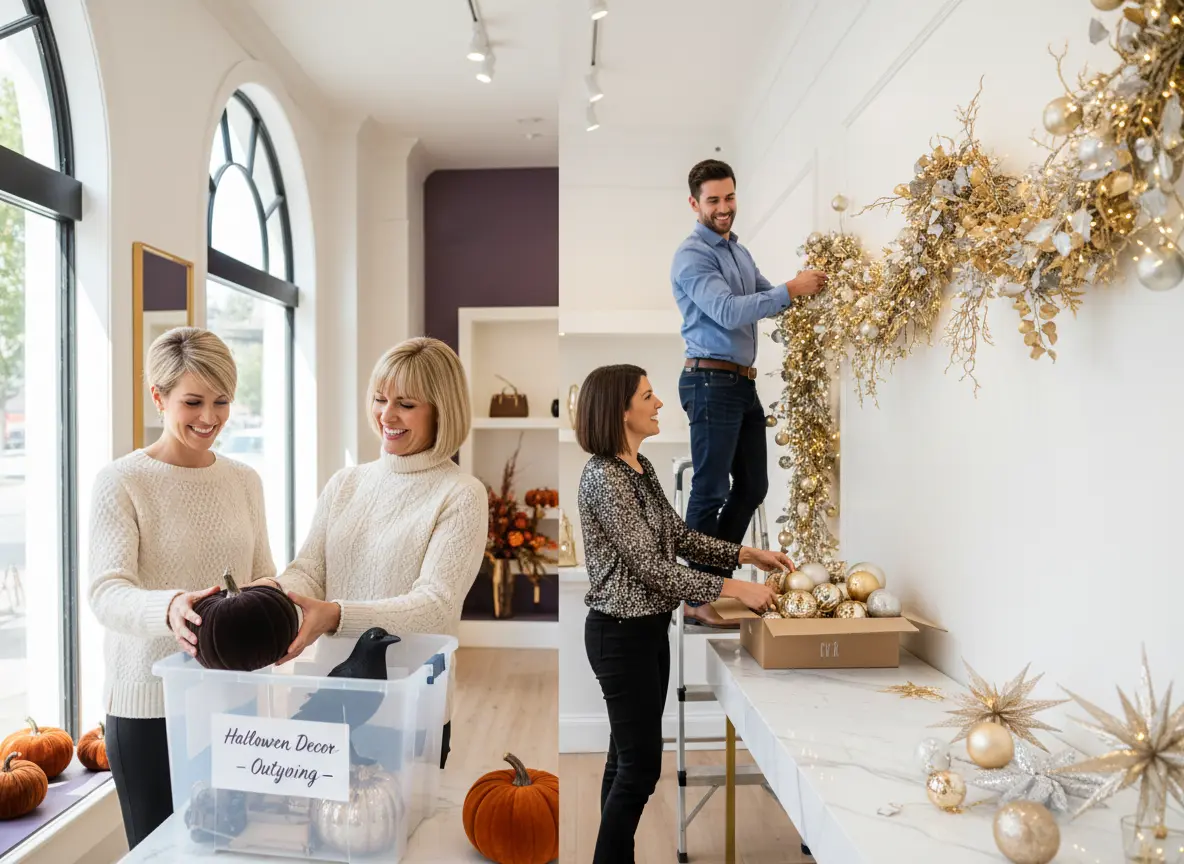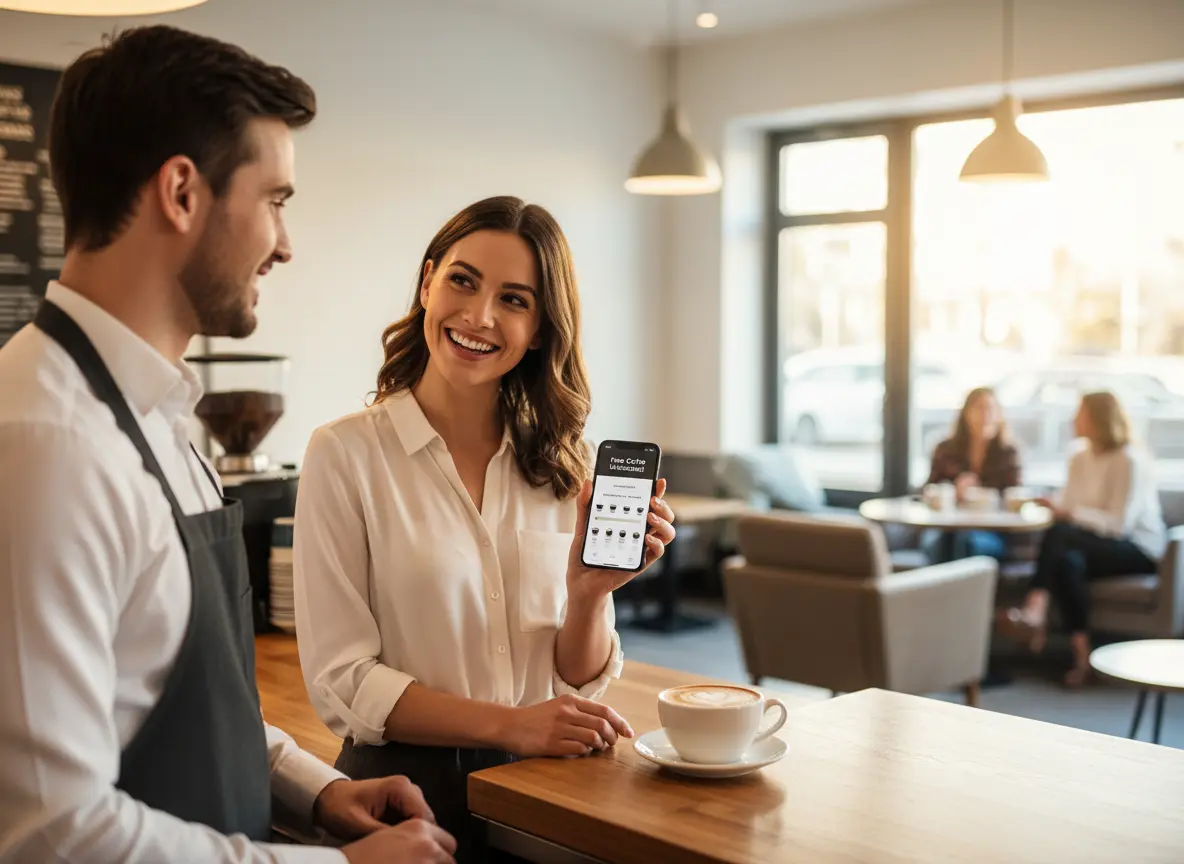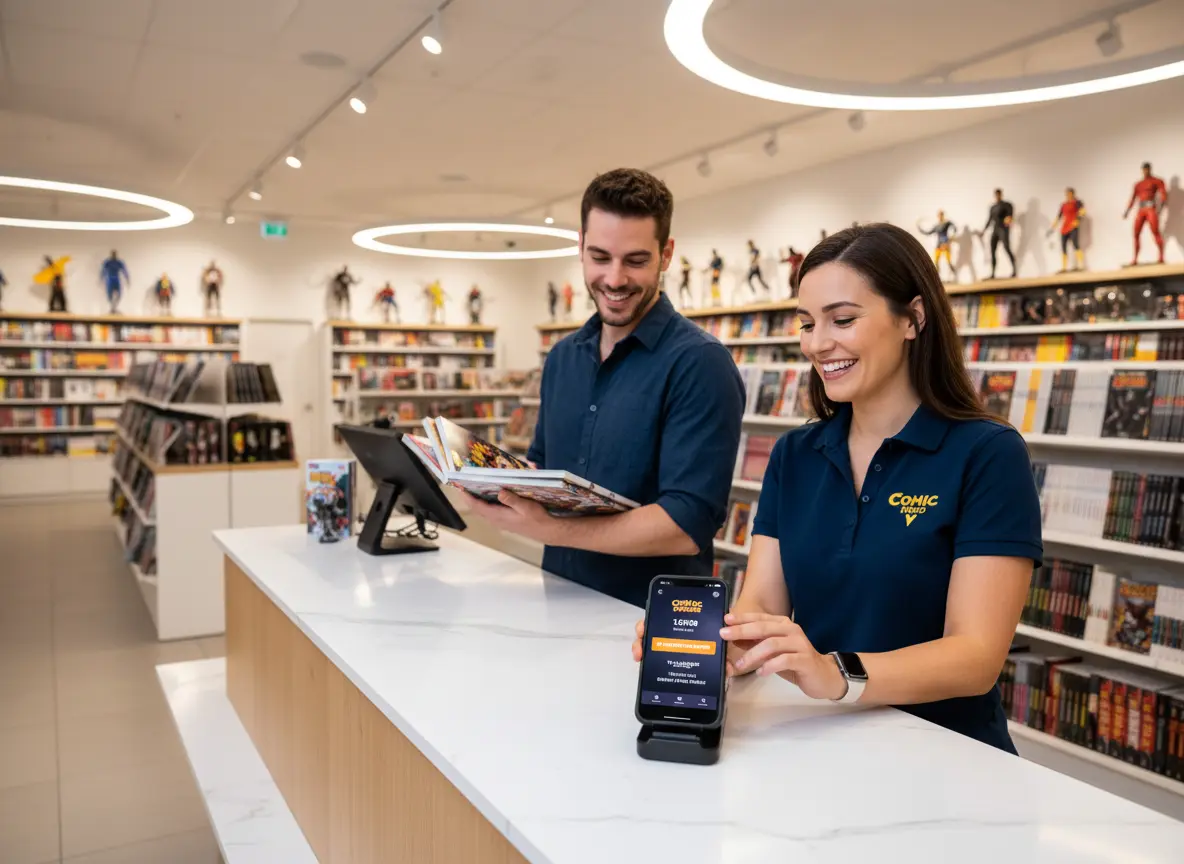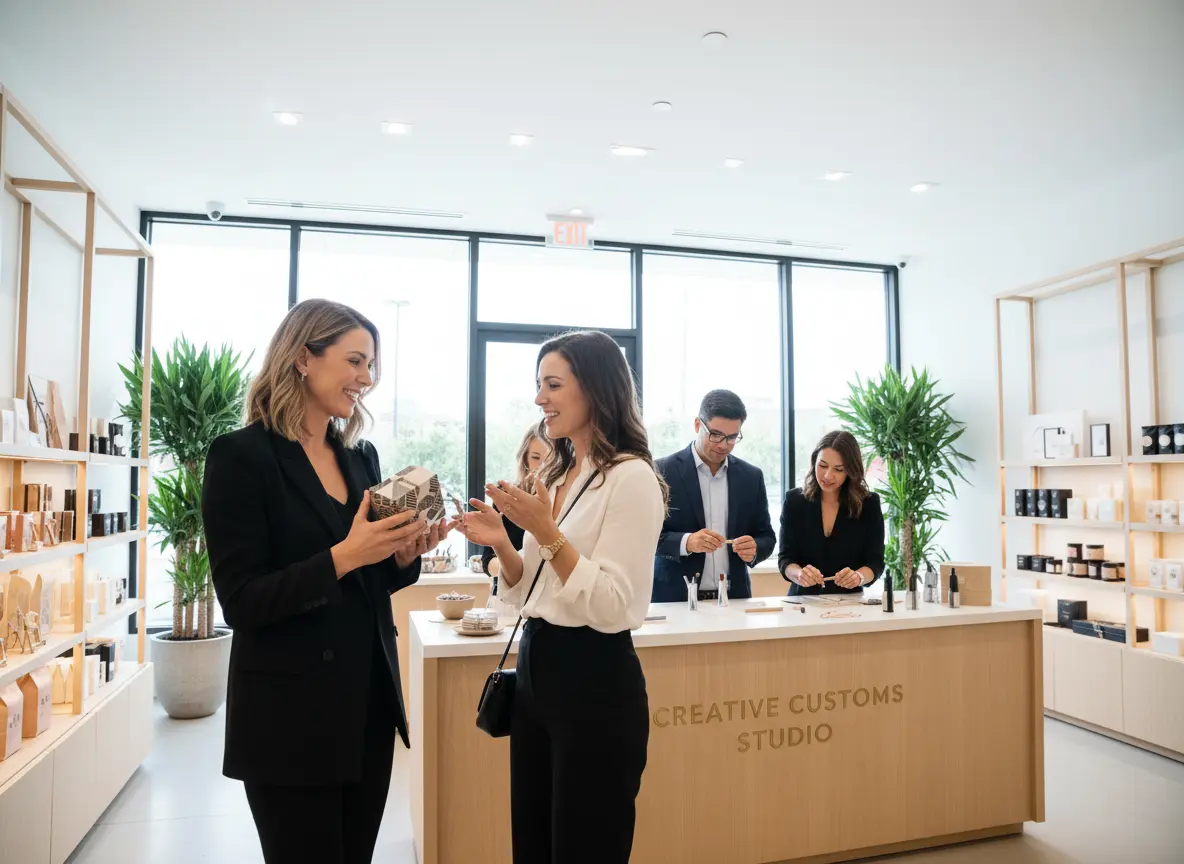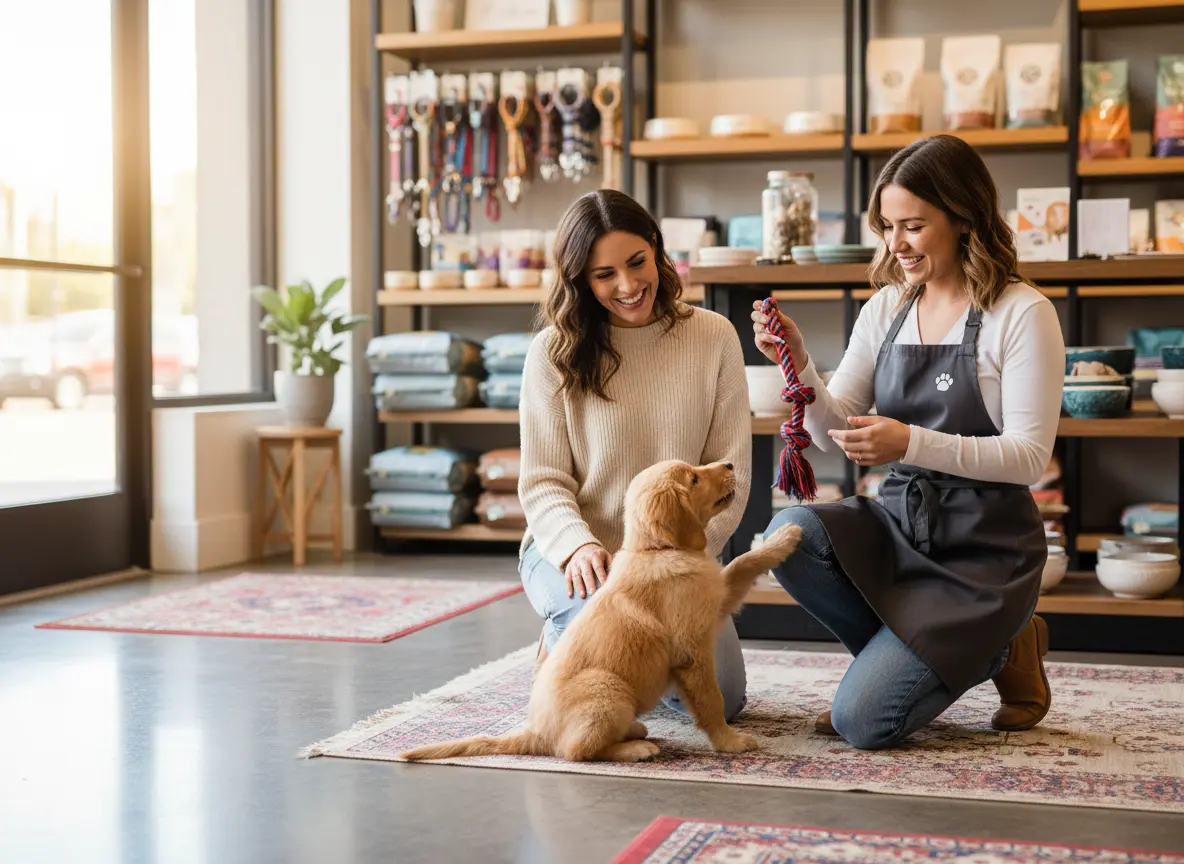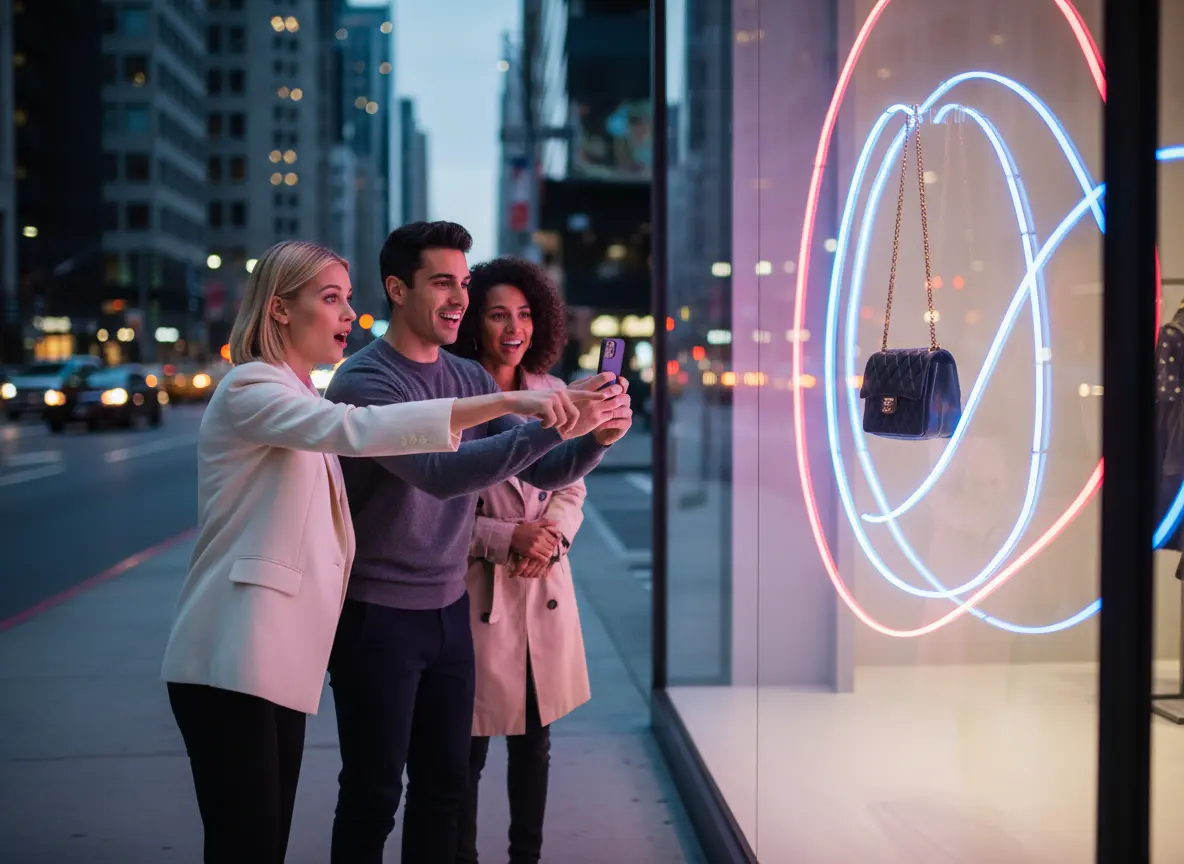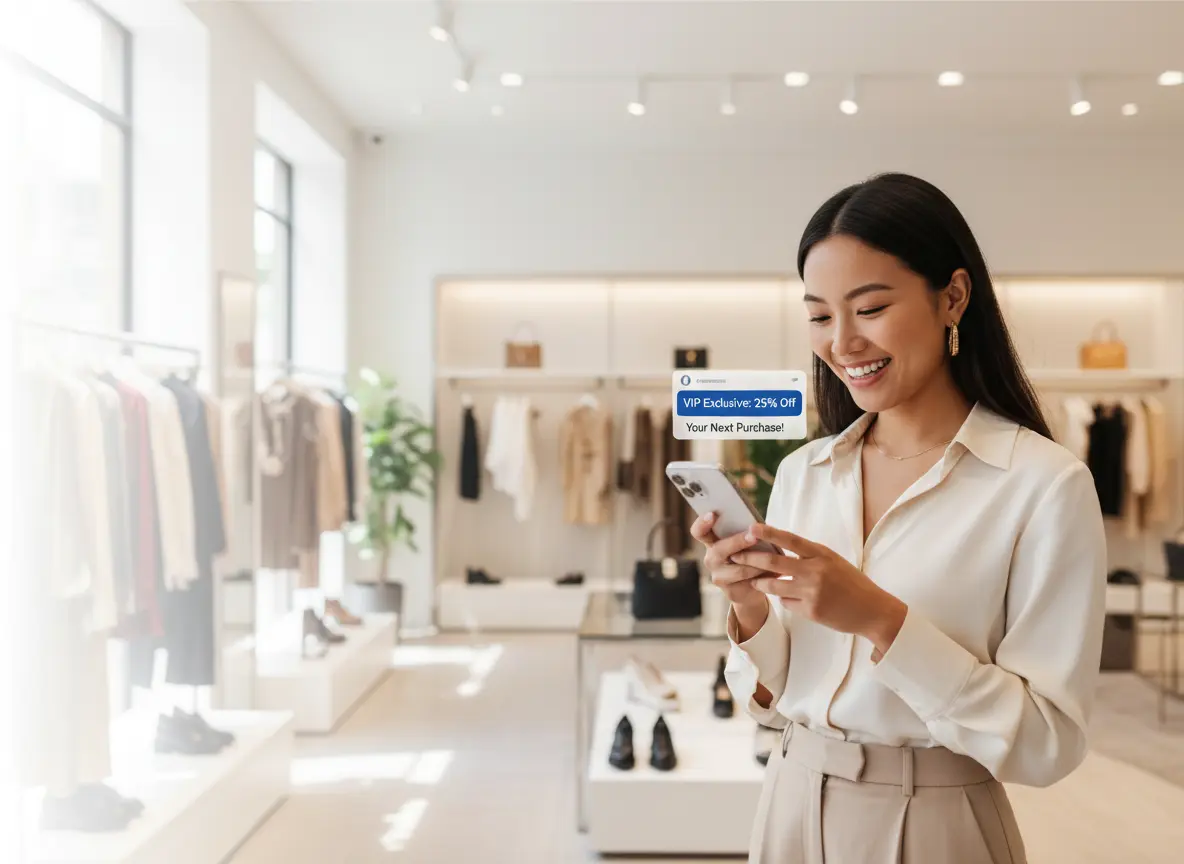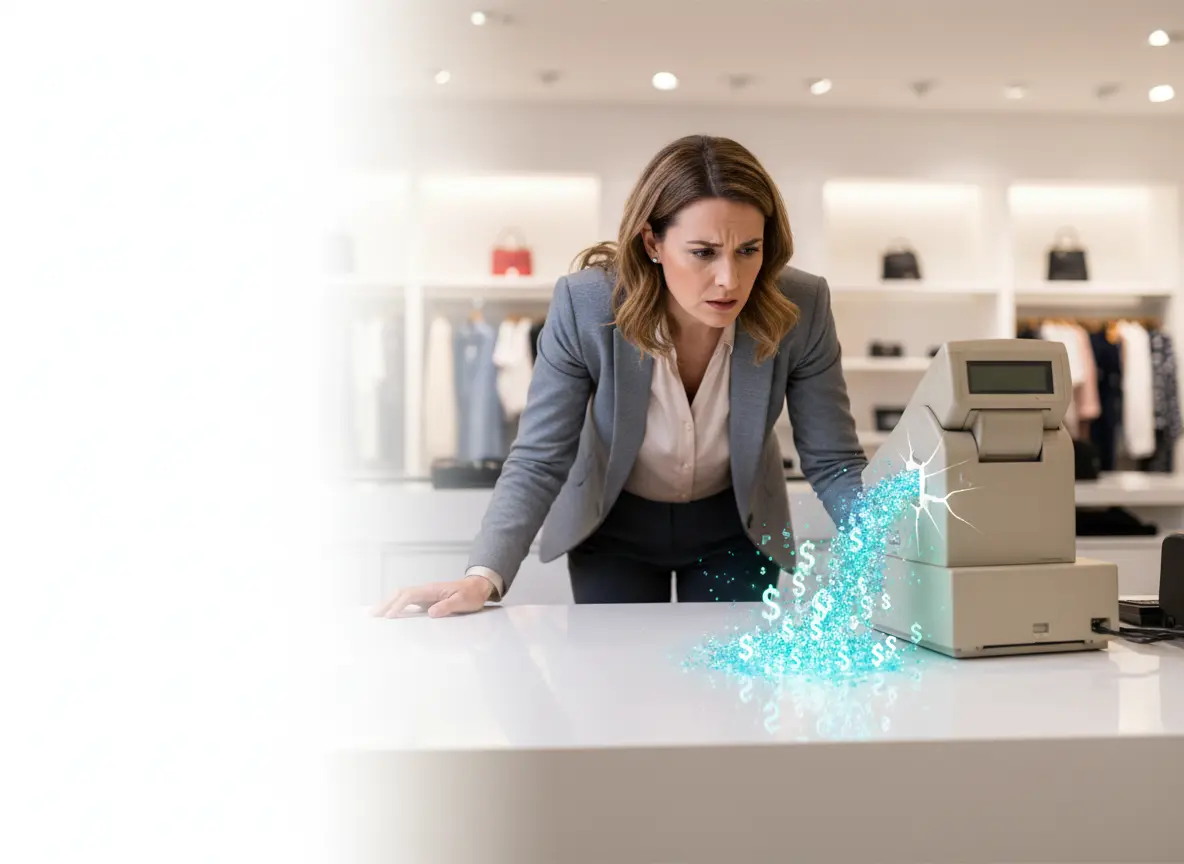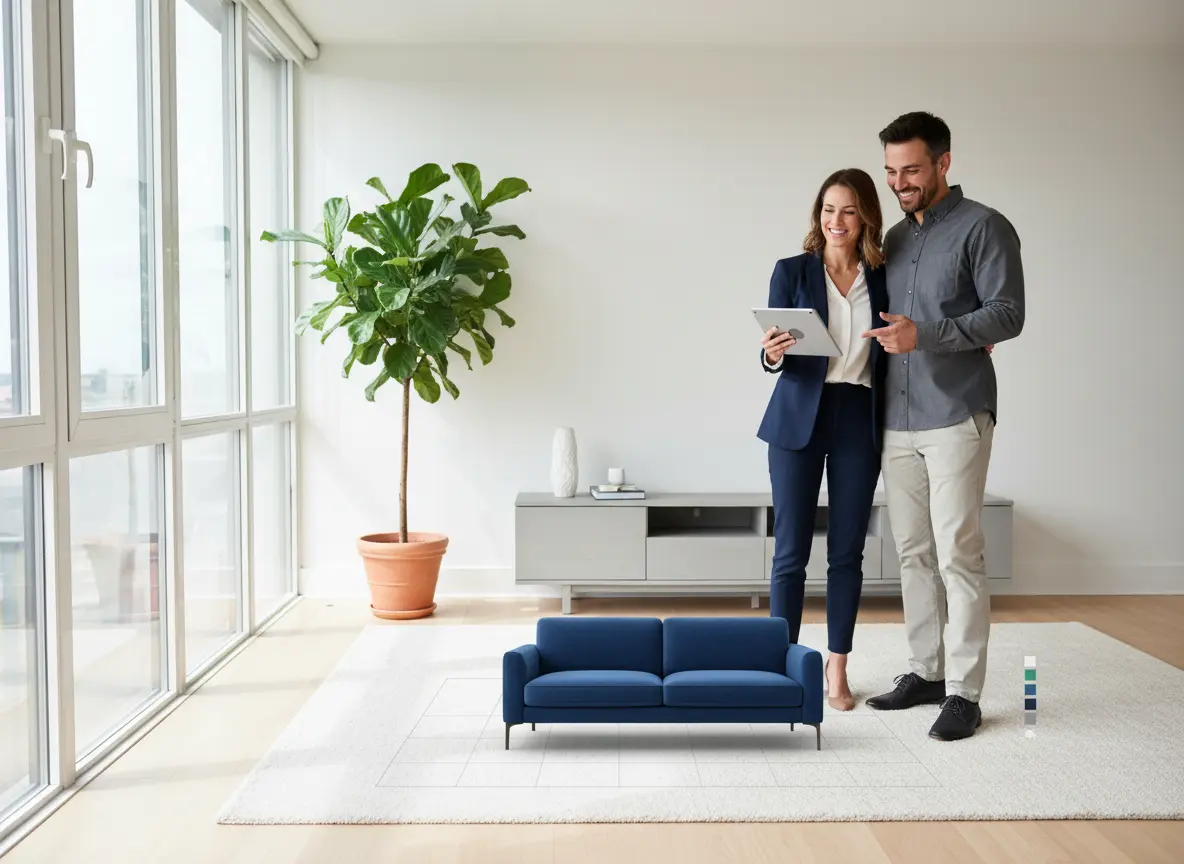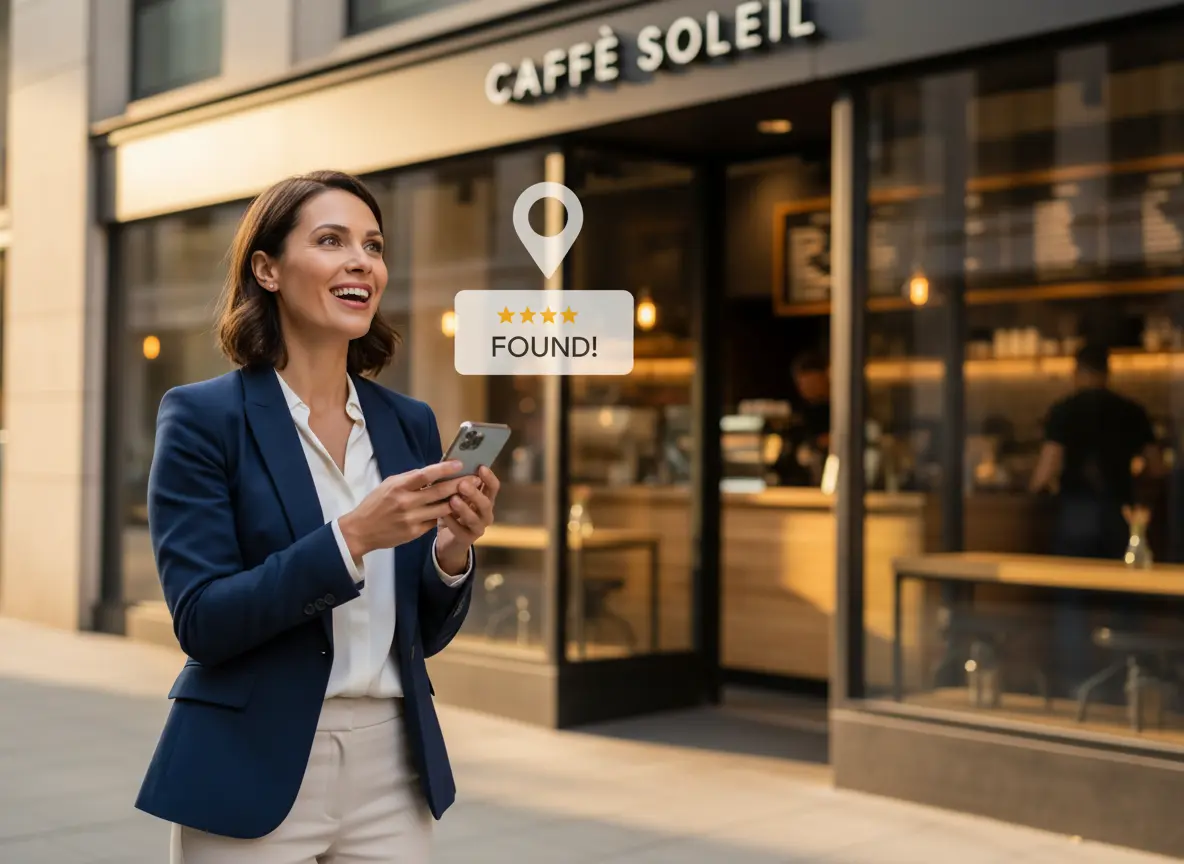Let's Be Honest: Your Store Isn't a Museum
Ah, the retail floor. A carefully curated landscape of products you love, displays you spent hours perfecting, and lighting that’s just right. It’s your masterpiece. So why do so many shoppers treat it like a modern art museum—wandering in, looking thoughtfully at a few items, and then leaving silently without ever approaching the gift shop (a.k.a. your cash register)? It’s a mystery that has plagued retailers since the dawn of the storefront. You see them come in, you see them leave, but the space in between is a black box of missed opportunities and silent objections.
You’ve probably asked yourself the big questions. What were they looking for? Did they not find it? Was our price too high? Did Greg from the stockroom forget to shower again? While we can’t help with Greg, we can help with the rest. The problem is that you’re focusing on the transaction, but the customer is living an experience. And if that experience is confusing, forgettable, or just plain “meh,” they’ll take their wallets elsewhere.
The solution isn’t a crystal ball or some expensive voodoo. It’s a customer journey map. No, this isn’t just some fluffy marketing term reserved for billion-dollar e-commerce giants. It's a practical, powerful tool for your brick-and-mortar store—a blueprint that reveals exactly where your customer experience shines and where it, well, falls flat on its face. It’s time to stop guessing and start guiding. Let’s map out the path from "just browsing" to "take my money."
Deconstructing the Shopper's Odyssey (Without the Greek Gods)
Every shopper who walks through your door is on a mini-quest. They have a goal (even if it’s just to kill 15 minutes), and they face a series of trials and tribulations along the way. Your job is to be their helpful guide, not the Minotaur waiting in a labyrinth of poorly organized aisles. A customer journey map breaks this odyssey down into distinct, manageable stages.
The Grand Entrance: First Impressions and the "Decompression Zone"
The first 5-10 seconds a shopper spends in your store are the most critical. This is what retailers call the "decompression zone." They’re transitioning from the outside world (traffic, weather, that weirdly aggressive pigeon) into your space. What do they immediately see, hear, and feel?
- Visuals: Is the entrance clean and welcoming, or is it cluttered with returned items and a sad-looking promotional display from last season? Your entrance sets the tone for the entire visit. A clear, well-lit, and inviting entryway tells them, "Come on in, we've got great stuff."
- The Greeting: A simple, friendly greeting can increase conversions by a surprising amount. Studies have shown that customers who are acknowledged by an employee are significantly more likely to make a purchase. Yet, how often are your employees tied up at the register or busy in the back? The "unseen shopper" is a massive source of lost revenue.
Actionable Tip: Stand at your front door tomorrow morning. Forget you own the place. What’s your gut reaction? Does it feel exciting? Organized? Or does it give you a low-grade sense of anxiety? Be brutally honest. That first impression is either making you money or costing you dearly.
The Treasure Hunt: Discovery and Consideration
Okay, they're in. Now the hunt begins. This is the "browsing" phase where they explore your offerings. Your store’s layout and signage are their map and compass. Are you helping them find the treasure, or are you sending them on a wild goose chase?
Navigation is everything. If a customer can’t easily find what they’re looking for (or discover something new and exciting they didn’t know they needed), frustration sets in. And a frustrated shopper is a non-shopper. Think about your signage. Is it clear, consistent, and actually helpful? Or are your category signs so vague they might as well say "Miscellaneous Stuff"?
This is also where product storytelling happens. Are your best products and highest-margin items placed in high-traffic areas? Do you use displays to cross-sell and suggest complementary items? Don’t just put products on a shelf; create solutions. Place the fancy pasta next to the artisanal sauce and the imported cheese. You're not just selling products; you're selling the idea of a delicious Italian dinner.
Actionable Tip: Discreetly watch five different customers navigate your store. Where do they go first? Where do they pause? Where do they look confused? You’ll learn more in 30 minutes of quiet observation than you will in a month of staring at sales reports.
The Moment of Truth: Decision and Checkout
They’ve found their treasure! An item is in their hand. Victory is so close you can taste it. And then… they see the checkout line. It’s five people deep, and the one cashier looks like they're about to enter the final stage of a video game boss battle. This is where so many sales go to die.
The path from deciding to buy to actually paying should be as frictionless as possible. Any hurdle you put in their way—a long wait, a confusing payment terminal, an employee who can't answer a simple question about the return policy—gives them a chance to second-guess their purchase. According to research, long checkout lines are one of the top reasons shoppers abandon a purchase in-store.
Your staff's availability and knowledge are paramount here. A shopper might have one final question before committing. If they can't find someone to ask, that item is going right back on the shelf. The checkout isn’t just a transaction point; it's the climax of their in-store journey. Make it satisfying, not agonizing.
Actionable Tip: Do a "test run" of your own checkout during a busy period. How long does it take? Is it a smooth, pleasant experience? If you find yourself getting impatient, you can bet your customers are, too.
Your Secret Weapon for a Flawless First Impression
Let's go back to that all-important greeting. You know it’s critical, but you’re not made of money. You can't afford to have a dedicated "greeter" standing at the door all day, and your team is already stretched thin. So, what’s the solution? You automate the perfection.
Greeting Every Single Shopper (Without Hiring an Army)
This is where technology can bridge the gap between ideal and reality. Imagine every single person who walks through your door is met with a consistent, friendly, and helpful welcome. That’s the role of an in-store assistant like Stella. Placed right at the entrance, she ensures no customer ever feels ignored. She doesn't get distracted, she doesn't need a coffee break, and she never has an "off" day.
More than just a "hello," Stella can immediately engage shoppers by highlighting your latest promotion, directing them to a new collection, or promoting that slow-moving inventory you need to clear out. She transforms the "decompression zone" from a passive space into an active, engaging part of the sales funnel, grabbing their attention and guiding their journey from the very first second.
Turning a Sale into a Long-Term Relationship
The journey doesn’t end when the credit card is swiped. In fact, what happens *after* the purchase is what separates a one-time buyer from a lifelong fan. This is where you cement their positive experience and give them a reason to come back again and again.
The Grand Finale: The Post-Purchase "Wow" Factor
The last impression is just as important as the first. The feeling a customer has as they walk out your door is the memory that will stick with them. A simple, sincere "Thank you for shopping with us!" goes a long way. But you can do more.
This is your chance to add a small, unexpected moment of delight. It could be a beautifully designed bag, a coupon for their next visit tucked inside, or even a simple loyalty program signup that gives them instant value. The goal is to exceed their expectations, even after you have their money. A smooth and generous return policy also plays a huge role here. Knowing they can bring something back without a hassle removes a massive layer of purchase anxiety and builds trust.
Actionable Tip: Brainstorm one small, low-cost thing you can add to your checkout experience to make it more memorable. A branded chocolate? A handwritten thank you on the receipt for purchases over a certain amount? Small gestures build big loyalty.
The Boomerang Effect: Fostering Loyalty and Advocacy
The ultimate goal of a great customer journey is to create a "boomerang"—a customer who leaves happy and comes right back. This is achieved by building a genuine relationship. Are you capturing their email at checkout to send them exclusive offers? Are you inviting them to follow you on social media for behind-the-scenes content?
A great loyalty program isn't just about discounts; it's about making customers feel like insiders. Give them early access to sales, invite them to special events, or offer them perks that go beyond just saving a few bucks. When you make customers feel valued and part of a community, they transform from simple shoppers into vocal brand advocates who will do your marketing for you.
Actionable Tip: If you don't have a way to stay in touch with customers post-purchase, start one this week. An email list is the most powerful tool in your arsenal. Offer a small incentive (e.g., 10% off their next purchase) for signing up at the register. It's the first step to building a lasting relationship.
A Quick Reminder About Stella
Remember, mapping the customer journey is about identifying the friction points and creating delightful moments. An AI retail assistant like Stella is designed to perfect that critical first impression, greeting every customer, answering their initial questions, and guiding them from the moment they walk in. She's the reliable, tireless team member who ensures your journey map starts on the right foot, every single time.
Conclusion: Stop Guessing, Start Mapping
Your physical store is not a passive backdrop for transactions; it's an active, dynamic stage for customer experiences. But without a map, you're navigating blind. You're leaving sales, loyalty, and invaluable customer insights on the table. By intentionally designing and optimizing the in-store journey, you can turn confused browsers into confident buyers and one-time buyers into lifelong fans.
It doesn't require a massive budget or a team of consultants. It just requires a shift in perspective—from selling products to guiding journeys. So here's your homework:
Your Actionable Next Step: This week, block off 30 minutes. Walk into your store as if you've never been there before. Pay attention to everything. What’s the first thing you see? Is it easy to figure out where to go? Can you find a staff member? What does the checkout experience feel like? Take detailed notes. Be honest. Be critical. This simple audit is the first step in drawing your own customer journey map—the blueprint that will transform your retail business.
